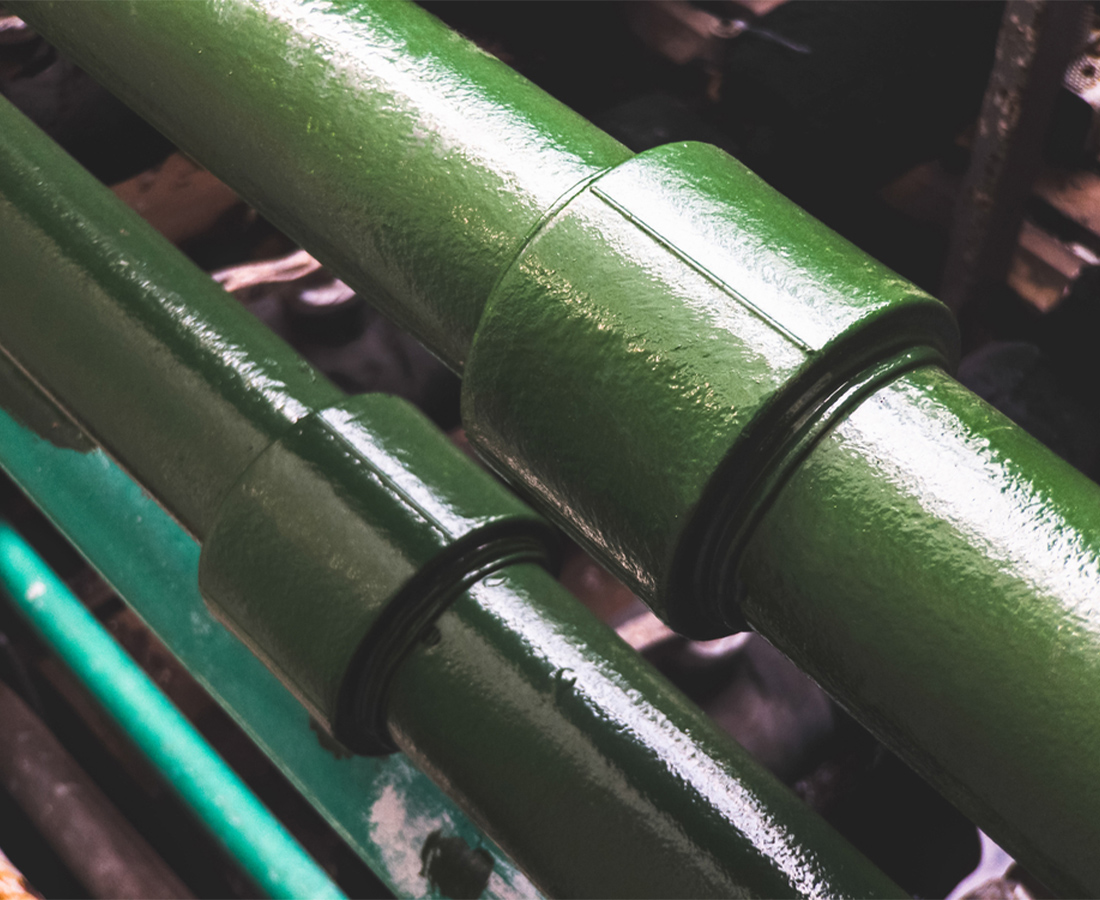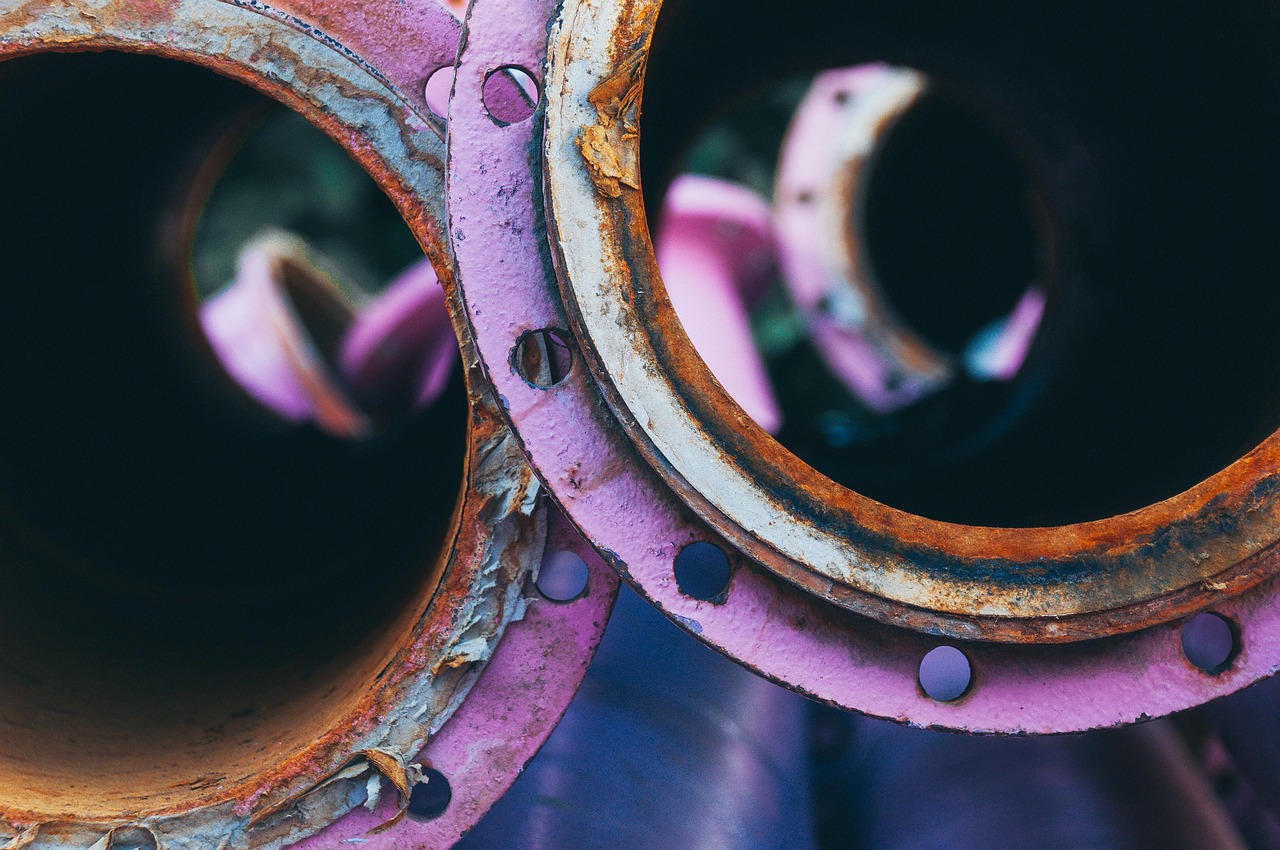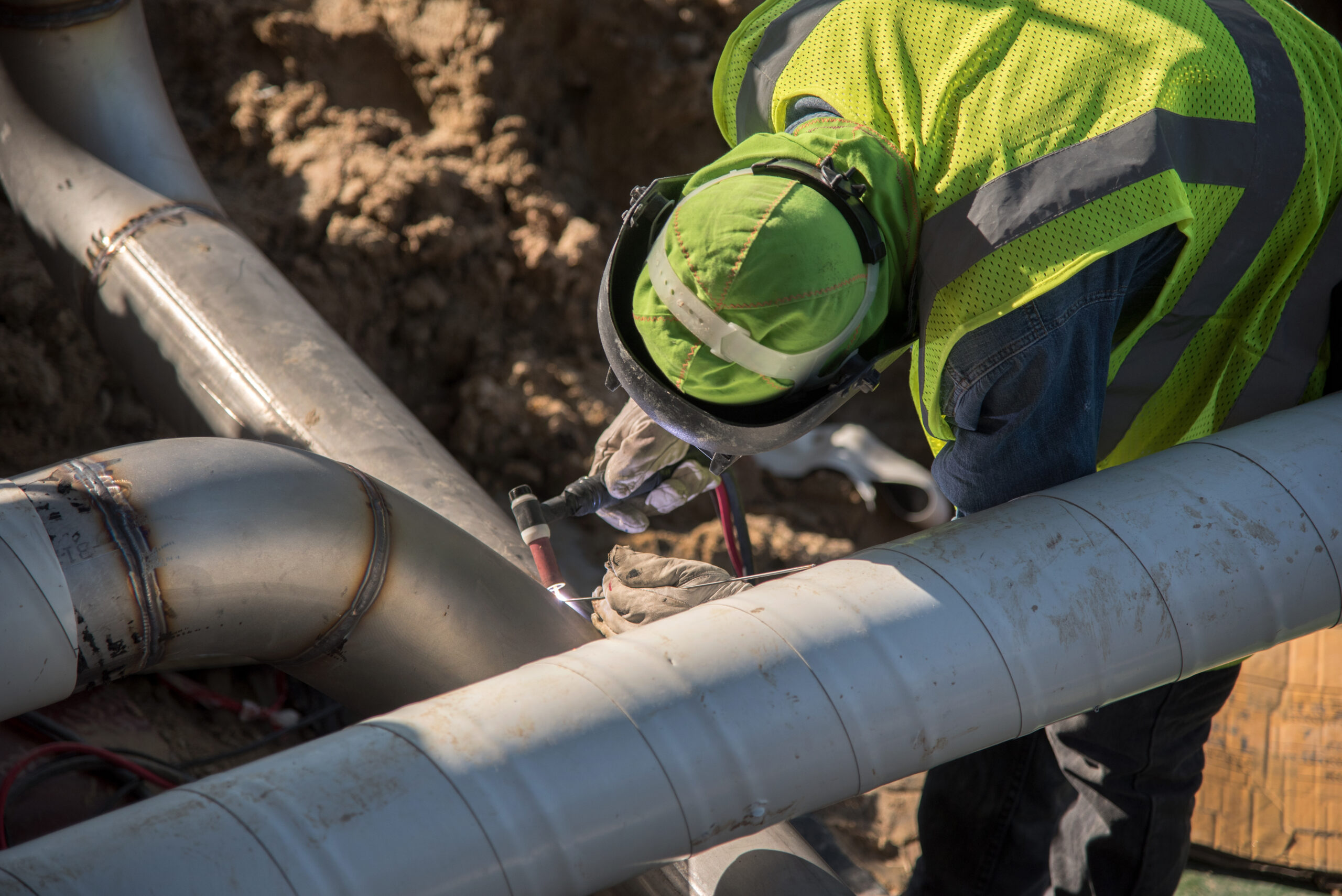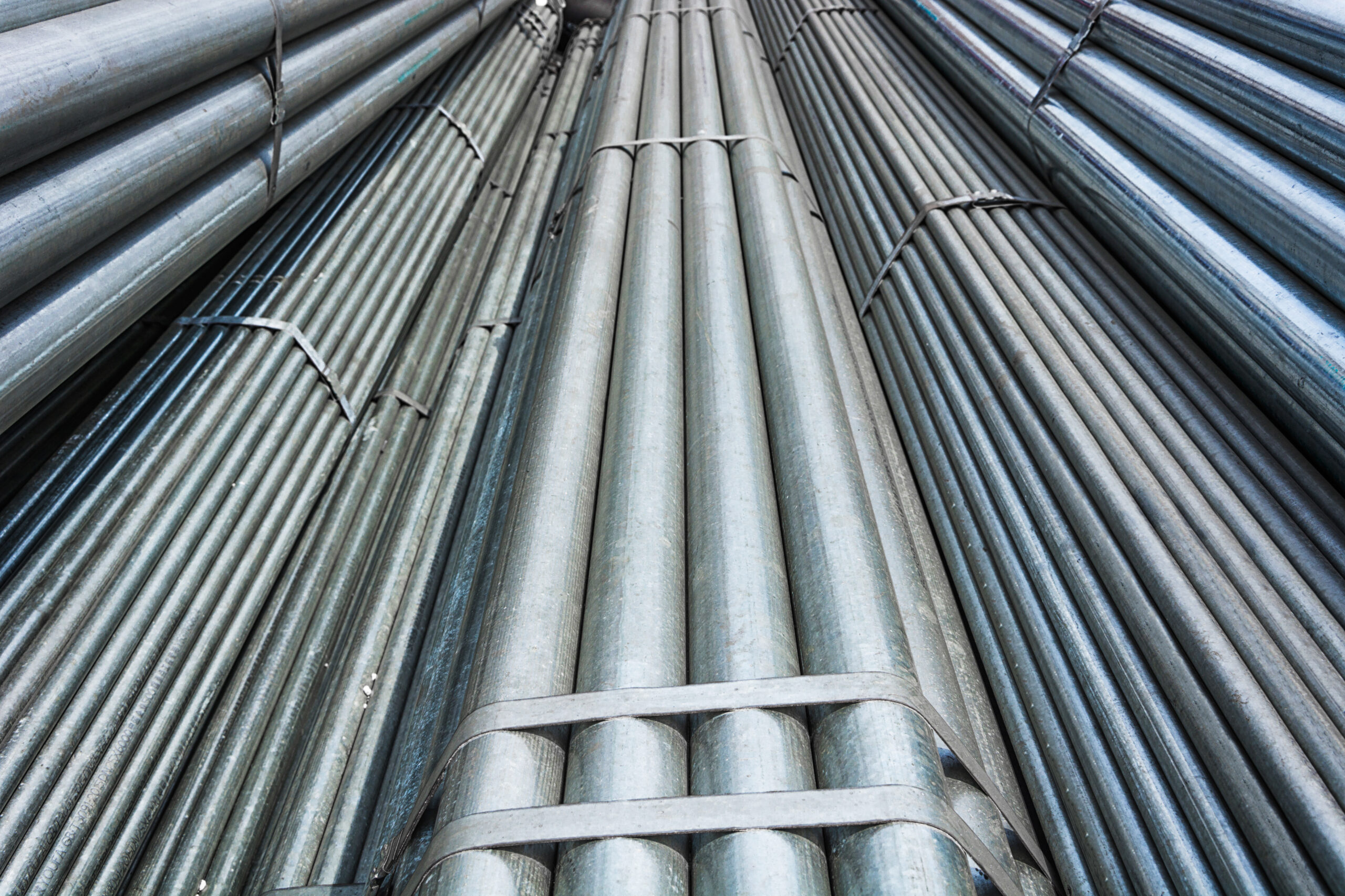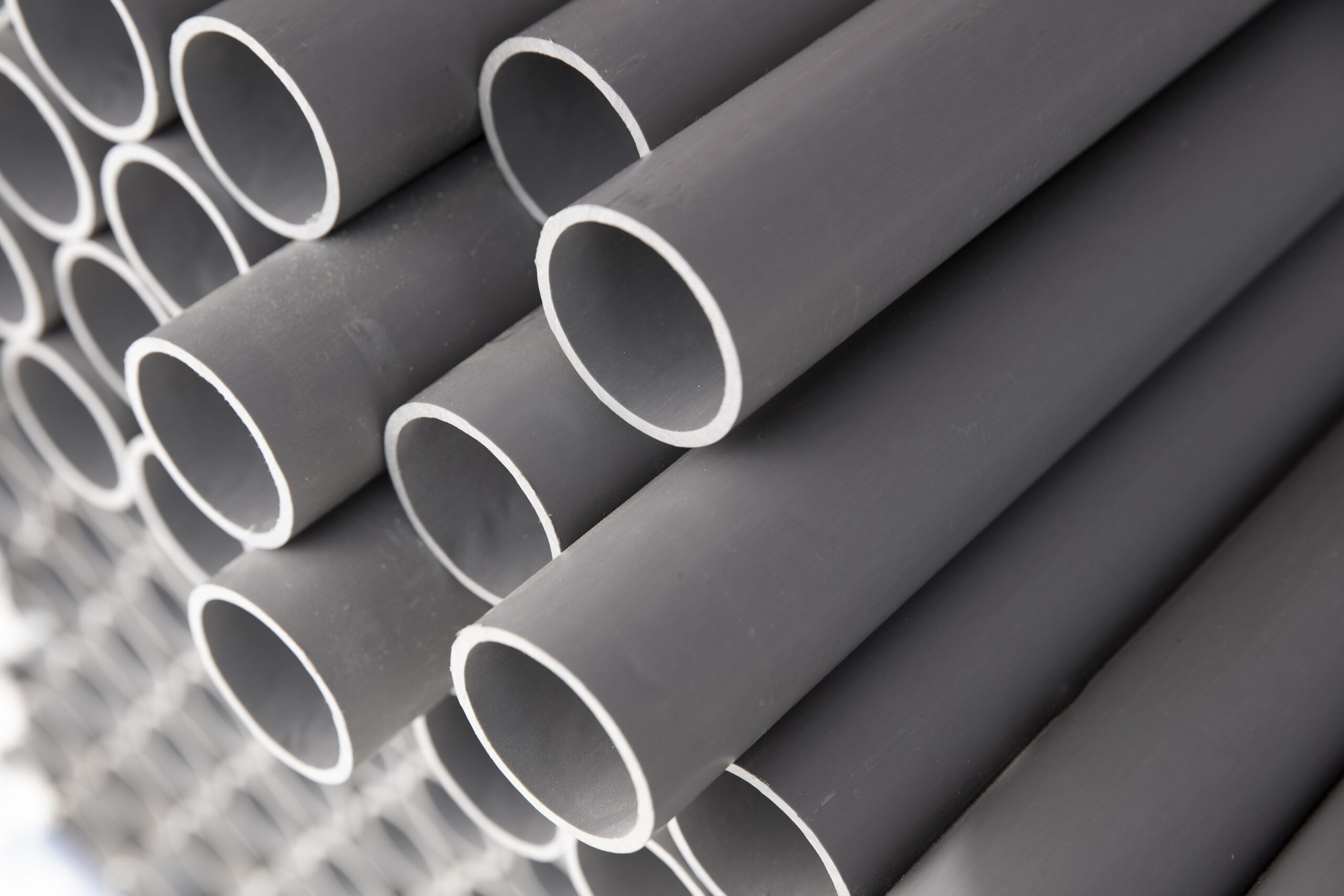In this blog post, we will explain what epoxy pipe lining is and what are its pros and cons.
Many old buildings in the US built in the 80s and 90s come with cast iron pipe infrastructure. Although sturdy in its construction, this material was prone to rust and corrosion. As time moved on, these pipe structures weakened and became shallow due to pipeline corrosion.
Internal pipe corrosion should never be taken lightly, as it comes with a myriad of harmful effects. Once the inner layer of pipes starts to deteriorate, this puts the building at the risk of structural damage. Furthermore, corrosion of sewer pipes also affects the water safety of the people.
However, there is a way to reduce the chances of pipeline damage: epoxy pipe coating. Installing this pipe protection solution can prevent leakages in the sewer and water pipes.
What is Epoxy Pipe Lining?
Epoxy pipe lining, also known as cured-in-place pipe lining or CIPP, is a modern form of sewer pipe repairs. With these smart sleeves, you no more have to dig open the entire pipe for replacement. The epoxy sleeve can be inserted within the old pipe systems with minimal digging.
If your pipe is affected by tuberculation or corrosion, then you can implement this trenchless pipe restoration method. The flexsleeve technology by Lined Pipe Systems provides a sustainable internal pipe repair solution. Not only does this internal sleeve fill up pinholes in the pipe but also reduces future corrosion chances.
Before installing the epoxy lining, plumbers use CCTV sewer cameras to look for signs of damage on the inside. After inspecting the damaged area, pipes are cleaned with the help of non-invasive cleaning methods. The end result is a new layer of insulation within the old pipe structure.
Pros of Epoxy Pipe Lining
1. Cost-Effective
In addition to having a low upfront cost, the epoxy lining also turns out to be cheaper in the long run. For traditional pipe replacement methods, plumbers have to take out wall panels and flooring – which can result in costly renovation and home restoration.
Luckily, with epoxy lining, you will only have to dig open a small area of pipe for inspection. Once you gain access to this inspection point, you will be able to monitor the entire corroded pipeline.
2. Non-invasive
This internal pipe lining solution is based on a trenchless recovery method. You would not have to create multiple holes and access points in your pipping structure. This helps reduce the labor cost it would take to dig out the entire underground pipe system.
3. Eco-Friendly
Traditional sewer repiping methods have high chances of contaminating your potable water with harmful bacteria and other microorganisms. All thanks to flexsleeve pipelines, you will be able to repair your piping without affecting the quality of drinking water.
Furthermore, the production of epoxy sleeves does not give off any carbon emissions. Also, there are no by-products at the end of the epoxy application process that could be potentially hazardous to the environment.
4. Less Time Consuming
You might already be familiar with the time-consuming process of home renovation and restoration. Traditional pipe replacement processes can last up to 4 weeks, during which the residents cannot access water.
On top of that, you would also have to avoid a particular area of the property during the renovation period. This means that you would need to stay at a hotel with your family for about a month.
If you don’t want to go through all that hassle, then choose epoxy pipe lining methods. A typical internal pipe coating process can take up to four days. Once the internal surface is coated, it can take additional 5 hours for the epoxy sleeve to settle.
Cons of Epoxy Pipe Lining
1. Risk of delamination
One of the major cons of epoxy lining is the risk of developing delamination inside the pipeline. Delamination refers to the breakage of the inner sleeve when the adhesive coating runs dry.
Once the inner line is detached, it can accelerate the corrosion of the pipeline. Delamination can also occur if the residual matter is not removed prior to sleeve installation. This is the reason you should always consider getting high-quality internal sleeve solutions.
2. Permanent Method
Once the epoxy lining solution is installed, it is permanently attached to the inner surface of the pipe. This means that it would be difficult to undo it after the installation is complete.
Make sure to make pipe replacement and repair plans beforehand to avoid causing any inconvenience later on.
3. Reduced Pipe Diameter
Once the epoxy lining settles in, you will have a new smooth inner layer within the old pipe. While it would fill up all the pinholes within the piping structure, it would also shrink the pipe diameter.
A smaller pipe diameter would result in greater fluid pressure and the overall velocity of the transported substance. The scale of reduction in diameter can be reduced by proper reinstatement.
Conclusion
Leaky and damaged pipes can create several issues for the entire supporting structure. Installing epoxy pipe lining can help repair pipe efficiently and prevent further corrosion in the future.
If you are frustrated with frequent pipeline-related issues, then you should consider getting these epoxy sleeve solutions. It is also better if you hire professionals that specialize in epoxy coating.

